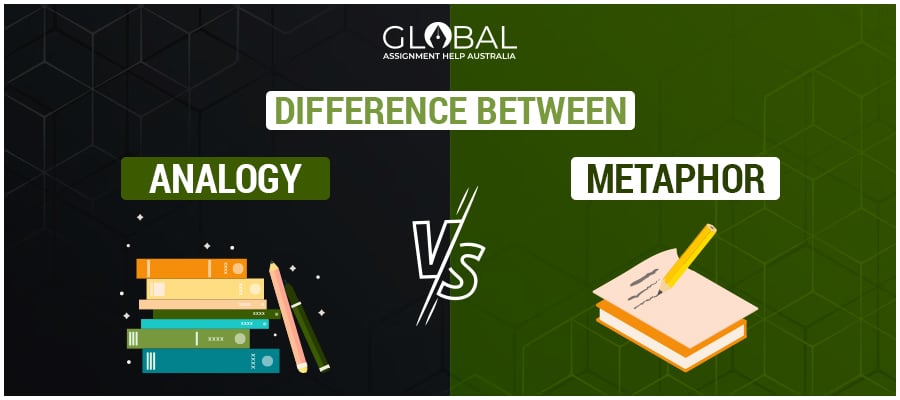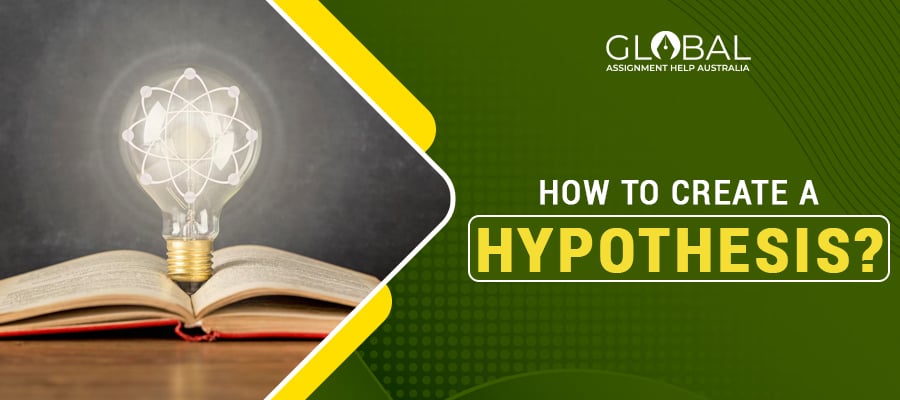 Offers
New
Order Now
Offers
New
Order Now
In nursing, there are several models to apply for improving your assessment process. Johns model of reflection is another one in the line that helps you advance in framing a better approach. The important aspect to understand here is that these models work smoothly with one aspect. That is experience, which gives you insight into the previous situation to improve what lies ahead. So, when you apply Johns model of reflection to your case, it should be out of experience.
However, the term ‘experience' means knowing areas essential to drafting a new and suitable approach. So, when you apply this reflective model, you need proper learning. Hence, acquire all that by reading this blog to the last.
It plays a significant role in discussing and learning any concept's meaning. To have command of Johns model of reflection, you have to learn its meaning and role in your subject, nursing. So, let us see what it states first.
When Christoper Johns introduced this reflective model in 1994, it was primarily related to nursing. With time, other professions noticed its value and applied it in their work. John described his model as a method to inspect in two ways:
Retrospect: To judge or assess the situation on the basis of the result of your actions and the involvement of external factors.
Introspect: To scan and examine the thoughts you had while you were encountering the case.
In nursing, Johns model of reflection helps nurses and other staff members to make better decisions. The cases you handle and study as a nurse require constant observation and analysis. Since patients' progress can decline, you need to prepare an ideal structure to deal with that. Johns model of reflection helps you with that as it contains several phases. By applying them, you can assess the overall case history.
However, you are unaware of these phases, so let's switch to the next section that explains them with accurate details.
Decision-making is a process that is created by developing knowledge about the topic. As a practising nurse, you must conduct case-history research to understand the situation. However, implementing this process can be a bit difficult due to its length. So, Christopher John researched and divided the process into different phases.

At present, you can count and study five stages in Johns reflective model. The below sub-heads give valuable insight into them:
You can only reflect if you have all the variables. It is similar to solving a math problem, where you need all the numbers to find the answer. So, the initial or beginning phase in Johns model of reflection needs a proper description of the entire situation. To do so, you prepare a questionnaire that seeks answers related to every aspect of the event.
The following sub-heads provide you with a reference to these questions you can ask:
These questions denote and present information about what happened. In addition, you need to disclose details related to the location and time of its occurrence. Other essential aspects include elements describing the location and expressing the time of the day.
During the process of the specific event, you must have reacted as you experienced it. So, this set of questions provides an idea for your reaction to what you saw.
Most events involve you and others, but reactions can differ. So, these questions document the responses of others present during the event.
When the situation goes critical, you implement different steps to minimise its impact. So, these questions study the course of action involved in the process of reducing the negative after-effects.
If you exert any step or action, there will come a result out of it. The questions in this set involve inspecting the outcome of your implementations.
The purpose of Johns model of reflection is to help you conduct a self-analysis. For that, it needs you to prepare a question bank that inspects you and your feelings during that moment. Also, it includes elements that influenced you to generate such emotions at that time.
So, the below-listed question format will give you a reference of how you can do it:
Your emotions reflect your mental state in the given situation. By inspecting that, you can identify why did you apply certain steps or take such action.
Emotions can be easily influenced by internal and external elements. Under these questions, you need to examine the factors that affected your emotions. You can seek advice from a homework helper to prepare a more influential questionnaire.
While you think of the incident, your feelings must have spiked a bit. It can be because of any factor, and the questions in this area would provide information on the same.
Factors are responsible for setting up the further process. For every decision, there are factors playing a crucial role in changing the direction of the wind. Since they influence your emotions and your decisions, inspecting such factors is important. So, you can use the below-listed questions as a reference to examine them:
Internal factors like your thought process, momentary feelings, and analysis determine the response you make. The set of questions helps you analyse them to better understand the work.
External elements like people's responses, views, and movements become a base for your decisions. The questionnaire you will prepare includes areas that study them.
Ethics are important as they keep you on the verge of doing something illegal. These sets of questions help you align your work with ethical approaches.
Sometimes, you have to opt for something unethical to get a positive result. Thus, the set of questions you ask helps you properly analyse how you made a specific decision.
Every situation has an alternate route to implement for a better result. In Johns model of reflection, the fourth phase describes the second option or a different course of action that can change the result. During the event, it is not possible for you to make such a decision due to less time availability.
So, such questions help you see what other actions you can take to change the outcome of the situation:
Since you have assessed the situation, you can see some other directions to have a better outcome in the case. The questions you prepare help to list these alternate measures you could implement in this situation.
Considering all your options before making a decision is important. So, were the questions you included in this project if you have listed all of them, or was it just a rash judgment?
Sometimes, you pick the best available ways to make your decision. However, due to some reasons, you cannot, and this question discusses that.
The result of your decision is not yours to bear alone. Others also get caught in it, and that is why the set of questions in this phase of Johns model of reflection covers this aspect.
Buy Our Academic Writing Services and Get Quick Help from Our Experts to Fetch HD Grades.
Reflecting on past events teaches you different things to learn and implement for better results. Hence, the last phase of Johns model of reflection collects all such pointers and prepares a structured method to apply to a similar case.
A few reference questions are listed below:
There are some crucial pointers you acknowledge and grasp from every experience. The set of questions you prepare helps you first highlight them.
You can modify approaches whenever you update your information by collecting new information related to your topic. The set of questions explains how you will encounter a similar problem in the future.
With each encounter, you improve your knowledge base, which enhances your decision-making skills. Here, you will discuss the points that helped you develop insightful ideas.
These questions help you prepare a proper diagnosis of a situation that you encountered. With this reflection, you can develop new theories to implement for similar cases and extract positive results. However, you seek top-quality assignment help from experts because you face challenges. So, the following section directs you to such a place.
When you start the reflection process, you need to have experience with the correct application of the model. However, you are new to this habit, and that makes you ask for assistance from a reliable name. Our platform, Global Assignment Help Australia, is known to deliver the best guidance with complex situations you face. So, whether you ask us about Rolfe reflective model or Johns reflective model, our team can provide you with top-quality assistance.
You may also like to read:
ROLFE Reflective Model: Its Important Stages and Reference Examples
Conceptual Framework: Meaning and Procedure to Improve Research
75+ Trending Group Discussion Topics of 2024

Grab this exclusive offer and start your journey to savings today! Act quickly, as this special offer won't be around for long!

Choose from the best and most interesting debate topics for students

In this blog you will uncover the differences between analogy vs. metaphor for your writing.

A simple guide to writing What is a Hypothesis? Investigate it’s types, tips & features.
Limited Time Offer
Exclusive Library Membership + FREE Wallet Balance
1 Month Access !
5000 Student Samples
+10,000 Answers by Experts
Get $300 Now
Update your Number
